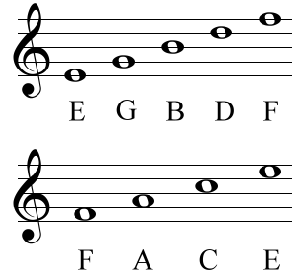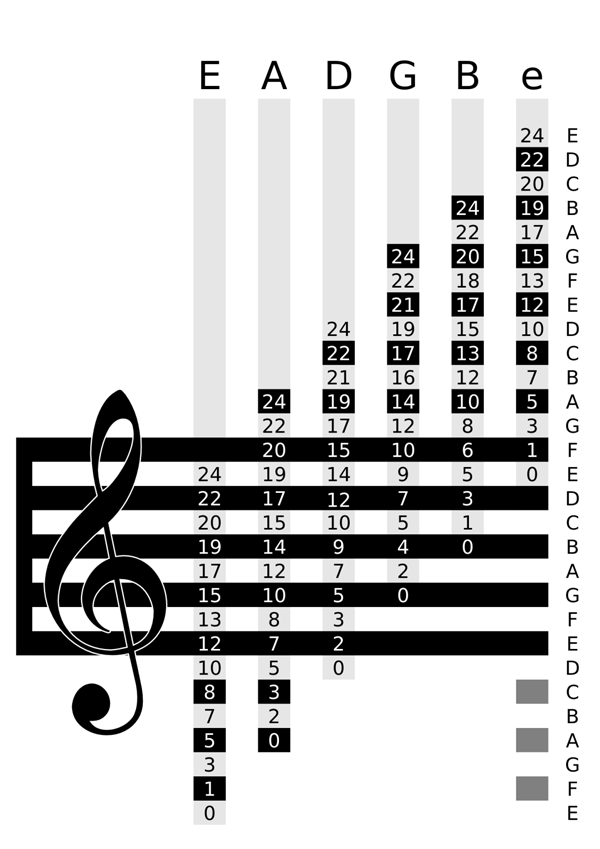Remember you can zoom in and out on the images in this post by pressing Ctrl + and –
In a previous lesson about chord progressions you may have noticed chords with a 7 behind them V7 or IIm7, examples of which are the G7 and Bm7 chords. These are called 7th chords.
7th chords are chords that consist of 4 notes, starting with a Major or minor triad and playing an extra note on top.
Before I show you how to construct and play these chords let me briefly touch on the naming of intervals and chords. The names 7th and 6th refer to intervals used in these chords. So far in these lessons I’ve avoided using the standard interval names, such as minor 2nd and Perfect 5th because in my opinion they only confuse guitar players who are just starting to learn music theory. The number one priority at this stage is to know how to construct chords and scales and to be able to see them easily on the fretboard.
In future lessons I’ll talk more about standard naming conventions for intervals and then you’ll be able to discuss Augmented 9ths and Perfect 11ths with piano and violin players as much as you want.
Using our method of counting the fret distance from the root note you should easily be able to remember the formulas and apply them to the fretboard using the Five Fret Pattern. Remember the formula for the Major triad is 0 – 4 – 7 and for the minor triad it’s 0 – 3 – 7.
Below you’ll find the name of the chord, the common symbol for it, the formula, an image of all the notes for that chord across the fretboard and an example of of a voicing of that chord. Note that the chord shapes shown are moveable along the fretboard, just play the same shape at different places along the fretboard.
Name: Major 7th
Symbol: M7 of Maj7
Formula: 0 – 4 – 7 – 11
Example: BbMaj7: Bb, A, D, F

Example Voicing: BbMaj7
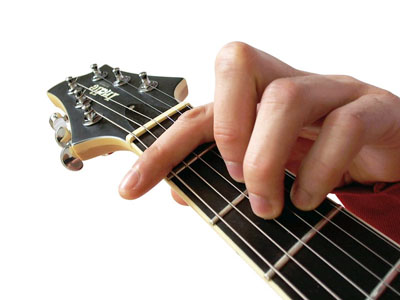
Name: Dominant 7th
Symbol: 7
Formula: 0 – 4 – 7 – 10
Example: Bb7: Bb, G#, D, F

Example Voicing: Bb7
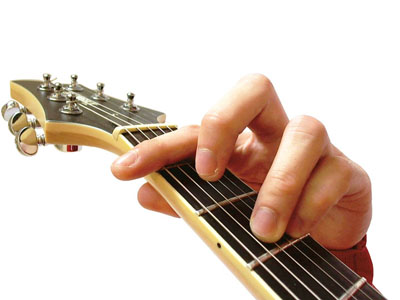
Name: Major 6th
Symbol: 6
Formula: 0 – 4 – 7 – 9
Example: E6: E, G#, C#, B

Example Voicing: E6
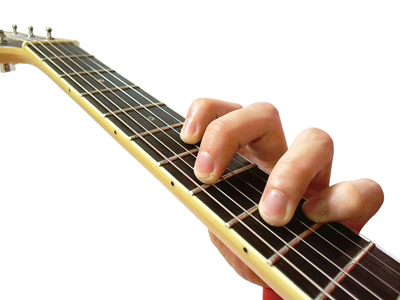
Name: minor 7th
Symbol: m7
Formula: 0 – 3 – 7 – 10
Example: Bbm7: Bb, C#, F, G#

Example Voicing: Bbm7
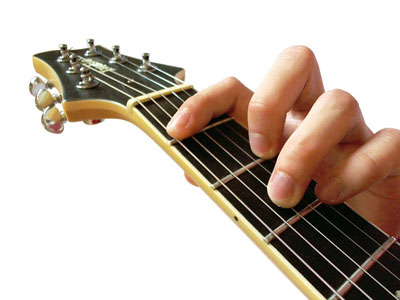
Name: minor 6th
Symbol: m6
Formula: 0 – 3 – 7 – 9
Example: Bm6: B, D, F#, G#

Example Voicing: Bm6

Learn the formulas for each of these chords and see how many different ways you can play them along the neck, there are quite a few positions for each chord.

